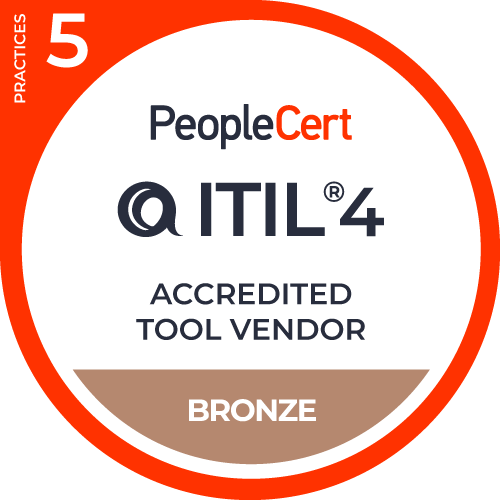The COVID-19 crisis has changed the way we live, work, and interact with each other. Remote working has become the norm for many, and chances are that all your meetings are now over Zoom, Teams, or WebEx rather than being face-to-face. As we continue to look at IT service management (ITSM) and IT support best practice in a changing landscape, this blog looks at how to adapt your IT support model to support the emerging “new normal.”
Rethink major incidents
The world is different now. We’re all so used to defining major incidents in terms of volume – the human resources (HR) system is down, more than ten people can’t access the shared drive, or email is running slow – but this operating model doesn’t work as well now. The post-COVID-19 “new normal” is a very different situation. As many people are still working from home, it might be that just one person not being able to access a system should be treated as a major incident if they’re a member of the emergency services or a front-line worker for a critical service. So, work with your service delivery and relationship managers to ensure your definitions for major incidents are still appropriate and fit for purpose in the “new normal.”
Expect an increase in ticket volumes
As people start to return to the office after “lockdowns,” IT service desks around the world are dealing with many repetitive requests. For example, password resets, replacement chargers for devices, or requests for cloud-based systems and storage mechanisms. So, review your most frequently raised incidents and service requests and template them to make it quicker and easier to manage them.
Your self-service needs to up its game
Place your IT self-service offering front and center in your “new normal” operations. If your end users are not sufficiently engaging with it, then now is the time to fix that. Reach out to your various types of business stakeholders and ask them what they really want from self-service and figure out how to flex your current offering to meet what’s needed. Also, don’t forget to promote your self-service capabilities every chance you get – the more people who know about it, the more likely they are to engage with it.
Make your problem management practice more proactive
If you’re not doing so already, use the incident data from the last six months to look for key trends that adversely impacted your business and its employees (and potentially customers). It could be that the VPN server needed more capacity or that a critical network share is on a physical server that is starting to fail. Use trend analysis so that your support teams can focus on resolving any underlying issues that could prevent people from working remotely in the future.
Update your knowledge base
Chances are your most frequently asked questions over the last few months have been how to connect to the company VPN, how to use Teams, or how to save to Dropbox or OneDrive rather than a physical server. Make sure this information is captured in your knowledge base and sense checked such that it’s accurate and easy to understand. Consider adding some content about how to find your computer host name or IP address because there’s nothing more stressful than trying to talk an end user through a command prompt routine in an attempt to fix their issue because the remote control software isn’t playing ball.
Remember to update your CMS or asset database
During lockdown, your company has probably bought equipment to support people working from home. Every organization is different but things to look out for include laptops for newly remote workers, additional licensing for conferencing software, and signal boosters to improve connectivity. So, make sure your configuration management database (CMDB), configuration management system (CMS), or asset database is being updated so that you know what you have in your asset estate.
Lean into cloud-based solutions
There are many benefits of using cloud versus on-premises services. For example, using web-based services reduces the need for complex VPN situations and makes it easier for business users to access their application of choice rather than having to wait for IT to install the application onto their device. Add in the fact that cloud services will automatically save and sync across multiple devices and you’ve got a much-improved user experience.
Design and operate for resilience
If you haven’t already started looking at building resilience into your processes and services, now is the time to act. Things to consider include:
- Creating a skills matrix – to ensure critical skills for IT roles are captured and training and developments plans are in place to support team members
- The DevSecOps approach – which introduces security early on during service design
- The use of antifragile systems – to be able to withstand stressors, shocks, volatility, noise, mistakes, faults, attacks, or failures
- “Infrastructure as code” – a way of working that provisions and manages the technology stack for an application through software, rather than using manual processes to configure discrete hardware devices and operating systems. Thus reducing or removing the potential for hardware failure.
How do you think your IT department will change following COVID-19? Please let us know in the comments.




